Searching for Sinners
By Gary Phillips
In the classic ‘50s noir movie D.O.A., a shattered man who has been fatally poisoned walks into police headquarters to report a murder – his own. The tale of this dead man walking then unfolds via flashback. Also from the ‘50s was Invasion of the Body Snatchers. The story begins with a haunted-looking M.D. being held in an emergency room under psychiatric watch. He implores another doctor, “Tell these fools I’m not crazy.” Thereafter his tale of cold, calculating creatures possessing humans, hollowing them out, is told in flashback.
The recently released atmospheric vampire film Sinners by writer-director Ryan Coogler opens on scarred Preacher Boy Sammie. Driving a flivver, he too is haunted. He arrives at the country church presided over by his father, the right Reverend Jedidiah Moore. Limping, he enters the church, gripping the neck of his destroyed Dobro guitar as if it were a life preserver. Like in many a western, the double doors thrust wide open, Sammie remains backlit in the doorway. He’s unsure if he’s going to come in. His father implores him to do so. A riff on the notion the vampire won’t enter your abode unless invited.
Sammie enters. His father asks him to let go of the guitar. He knows his son is torn between the church, and playing the blues, the devil’s music.
For what does the blues offer but temptation. Songs about drinking, chasing wanton women (and men and women as sung by Ma Rainey and Bessie Smith), and gambling. There’s no better bad example Reverend Moore can point to here in Clarksdale, Mississippi than Delta Slim. The worn out alkie harmonica player who haunts the train station, playing his tunes for coins in a cup. Enough to buy a bit of food and refill his flask.
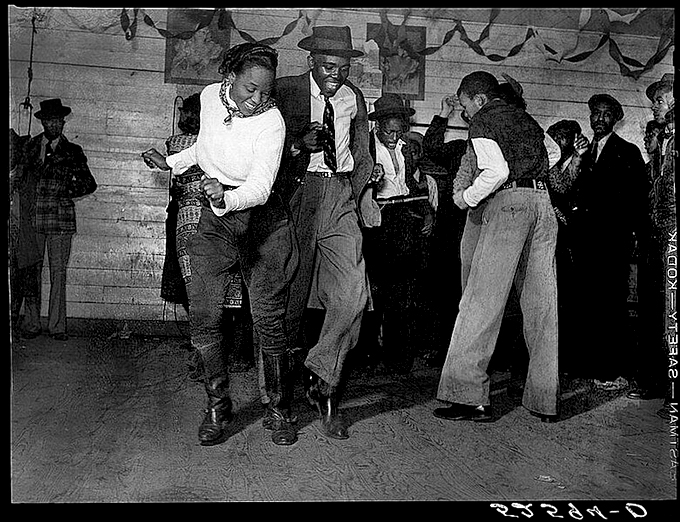
The depot Slim inhabits is where bluesmen such as Muddy Waters, Howlin’ Wolf and John Lee Hooker caught a train. They’d played the juke joints in and around Clarksdale. Firey Saturday nights where Black fieldhands and maids could laugh and drink and dance, if only for a few hours out of a week of backbreaking toil. Guitars in hand, those blues artists escaped lives of drudgery spent sharecropping. They sought something better. Seventy miles north they plied their trade in Memphis, and beyond to places like Chicago and Detroit.
Standing among the pews, Preacher Boy Sammie can’t let go of what remains of his guitar. The guitar he knows now didn’t belong to Charlie Patton. That doesn’t matter. It’s a powerful totem against the horrors he’s experienced — the dead walking, friends possessed. The flashback begins taking us to the day before. This was when Sammie’s twin first cousins returned. Elijah Moore, known as Smoke, and Elias Moore, known as Stack. The twins are tough WWI vets who worked for Al Capone’s outfit and have come back home to work for themselves. Smoke tells Sammie Chicago wasn’t much different than down here in Mississippi in terms of how Black folk are treated. “Better to deal with the devil you know,” he says.
The twins have purchased a former sawmill they plan to turn into a juke. It’s noted the floorboards have been scrubbed cleaned. The juke’s grand opening will be tonight. A reasonably sober Delta Slim along with Sammie Moore will provide the music. As observed by Samuel James in his April 24, 2025 post for his Banned Histories of Race in America, “A Quick Guide to the Blues in Sinners,” Delta Slim (played with his usual verve by Delroy Linbdo) is inspired by real life fabled Delta bluesman, Eddie James “Son” House, Jr.
Son House lived the life that is the backdrop to Sinners. He’d been a levee camp worker, a gandy dancer laying railroad track, a Baptist preacher who knew the sixty-six books of the Bible backwards and forward, a rivet heater, and a Pullman porter, He too wrestled with the bottle.
He entertained in those jukes in and around Clarksdale, sometimes playing those gigs with Willie Brown, or Robert Johnson, or the gravel-voiced, enigmatic Charlie Patton (Also spelled Charley). Clarksdale is where the crossroads of highways 61 and 49 meet. Where Robert Johnson was said to have come one high midnight to sell his soul to the devil so as to play the blues like no other.
Charlie Patton, who once survived getting his throat slashed, was known to drop to his knees when performing. He’d put the guitar behind his back and wail. A feat repeated by guitarist Jimi Hendrix decades later.
At one point in the early ‘40s Son House put the guitar down for some twenty years. In an interview with Studs Terkel on WFMT on April 19, 1965, he told Terkel the early deaths of Brown, Johnson and Patton haunted him. He’d get any kind of little twinge and he’d get worried. Maybe he might be next he opined. Best leave the blues be. Son House grappled with the blues over his lifetime. It was a music he’d been warned as a boy as Reverend Moore had warned Sammie, was the devil’s way to seduce you. Isn’t that why Remmick, the head vampire in Sinners comes to the twins’ juke? Through the piney woods he’s heard Sammie Moore’s guitar playing. He’s felt what his music can conjure, calling to the dead and the living.
When Sammie plays “I Lied to You” the spirits of the ancestors are invoked as are the representations of what’s to come. From griots and tribal dancers to hip-hop and electric funk, swirl about. There is so much energy from all this, figuratively the juke’s roof is on fire — as in the ‘80s rap “The Roof is On Fire” by Rock Master Scott and The Dynamic Three. In the battle with Remmick’s transformed flock, including the turned Stack and his girlfriend Mary, the jury-rigged juke will literally burn to the ground. Remmick is injured when Sammie smashes his guitar over his head, the resonator, the stylized metal covering over the sound hole, slicing into the vampire’s skull.
Daybreak and the surviving Smoke has unfinished earthly business. He sends Sammie away. He’s found out the man he bought the sawmill from, Hogwood, is a Klan Grand Wizard. The floor was scrubbed clean because Black men were beaten and lynched at the sawmill. The place was cursed. Now Hogwood and his fellow Kluxers are coming to get the drop of those uppity twins. Only in true gangster fashion Smoke uses a “Chicago typewriter” a drum-fed Tommy gun to mow them down. But he’s fatally wounded, having dispensed his brand of rough justice for the dead. He sees his deceased child with Annie, the woman he loves who begged him to kill her when she was bitten in the fight with the vampires.
Only Preacher Boy Sammie survived that God forsaken night. In the first of two after credit scenes, we see an aging scared Sammie Moore as embodied by blues great Buddy Guy. It’s after his set in a club in 1990s Chicago and Smoke and Mary walk in.
In an interview with Jeff Todd in Living Blues magazine issue #31, March-April 1977, Son House recounted. “I went on; I was there in that alfalfa field and I go down, pray, getting on my knees, in that alfalfa. Dew was falling. And man, I prayed and I prayed and I prayed…” Yet even sanctified and preaching, Son House eventually picked up the guitar and played those smoky jukes. For whispering to him as he told Studs Terkel, God was on one shoulder, the Devil on the other.
###
Gary Phillips first went to Clarksdale as a teenager. His mother’s side of the family was from next door Shelby. He went to the crossroads decades before a monument was erected there. His reissued novel Only the Wicked is set in the Delta of the 1990s.
…
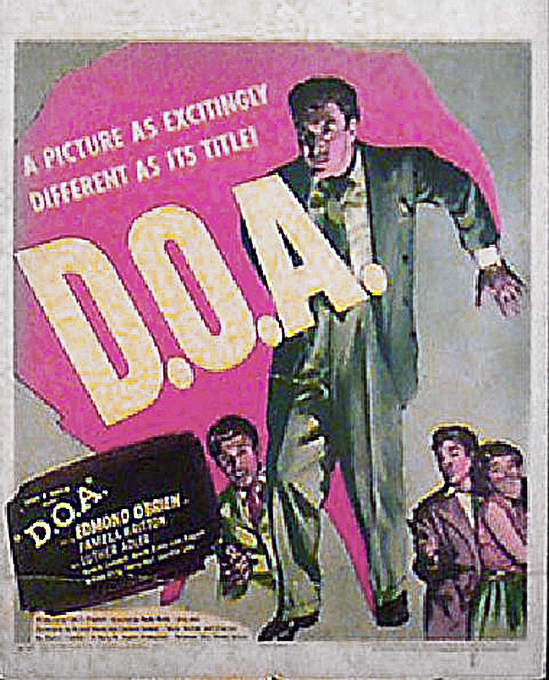
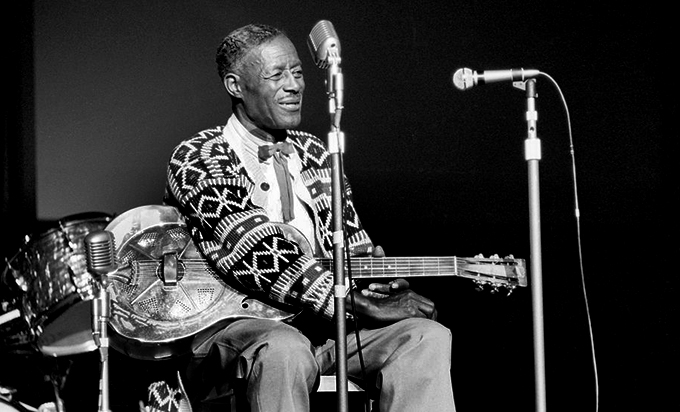
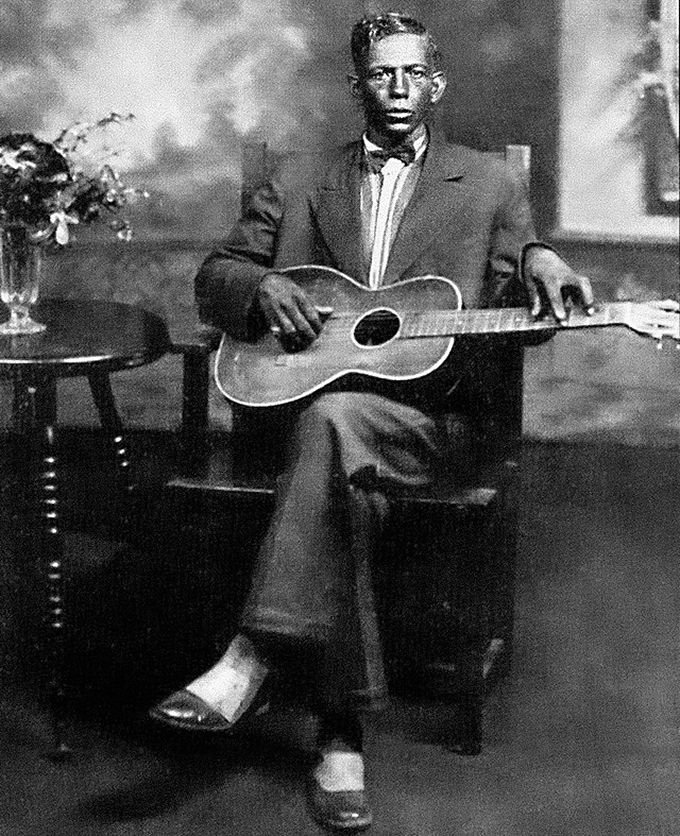
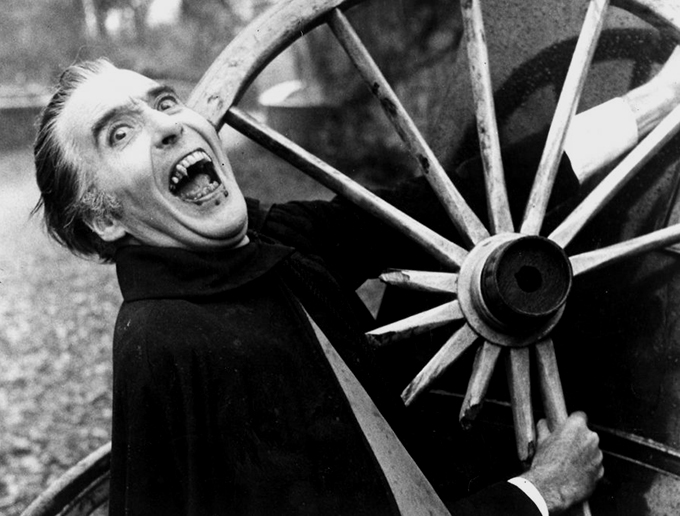
Excellent article. I’ve read several novels and many short stories by Gary Phillips. He’s an excellent thought-provoking writer.